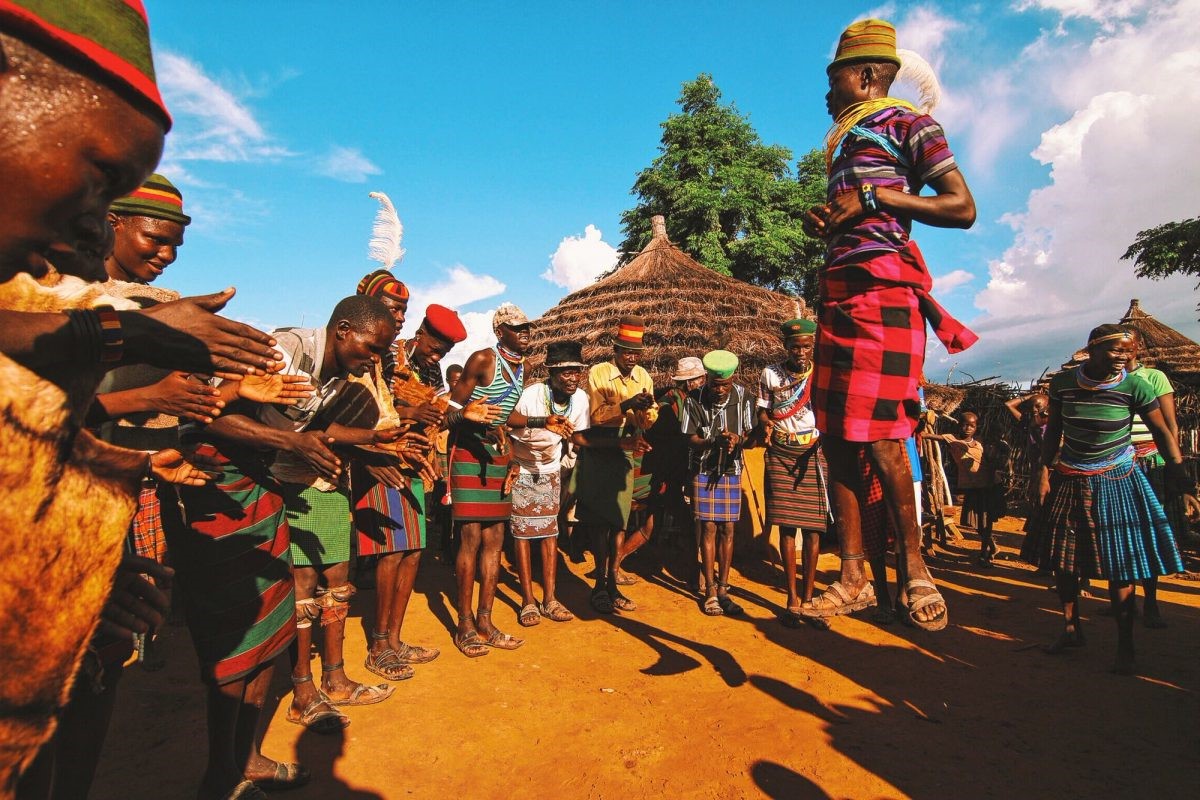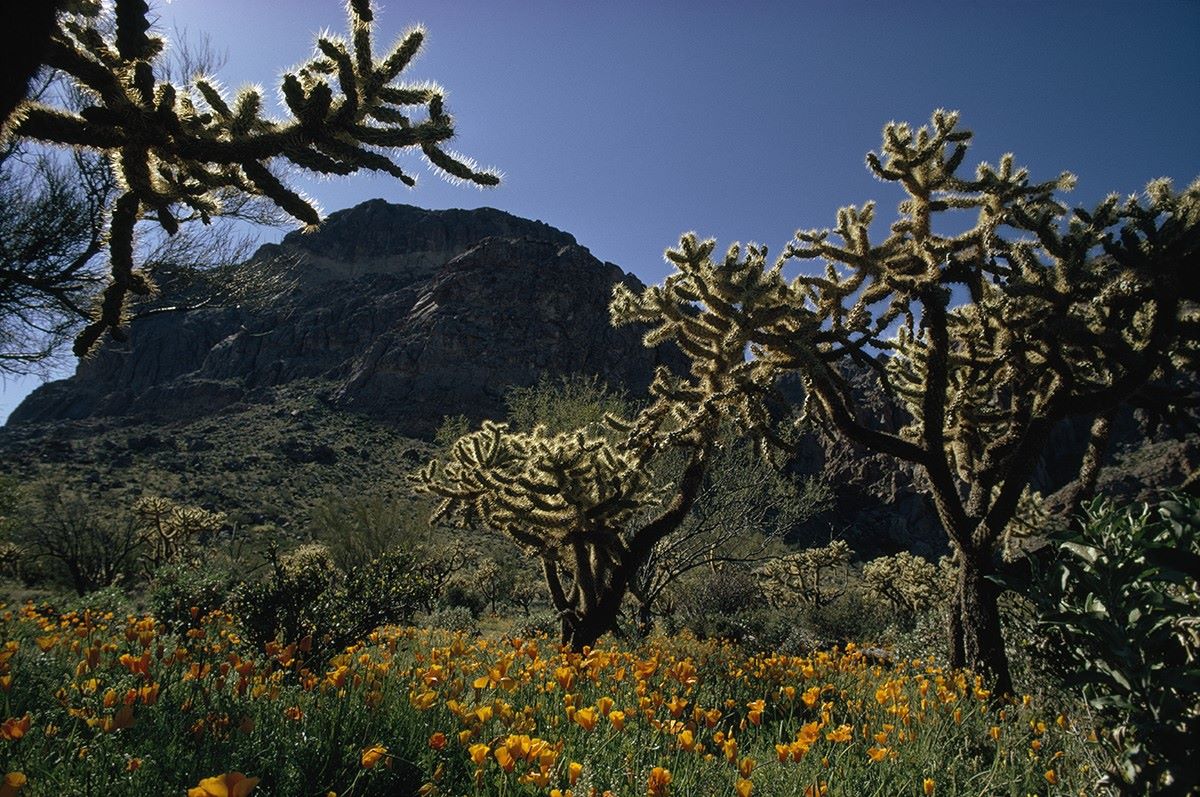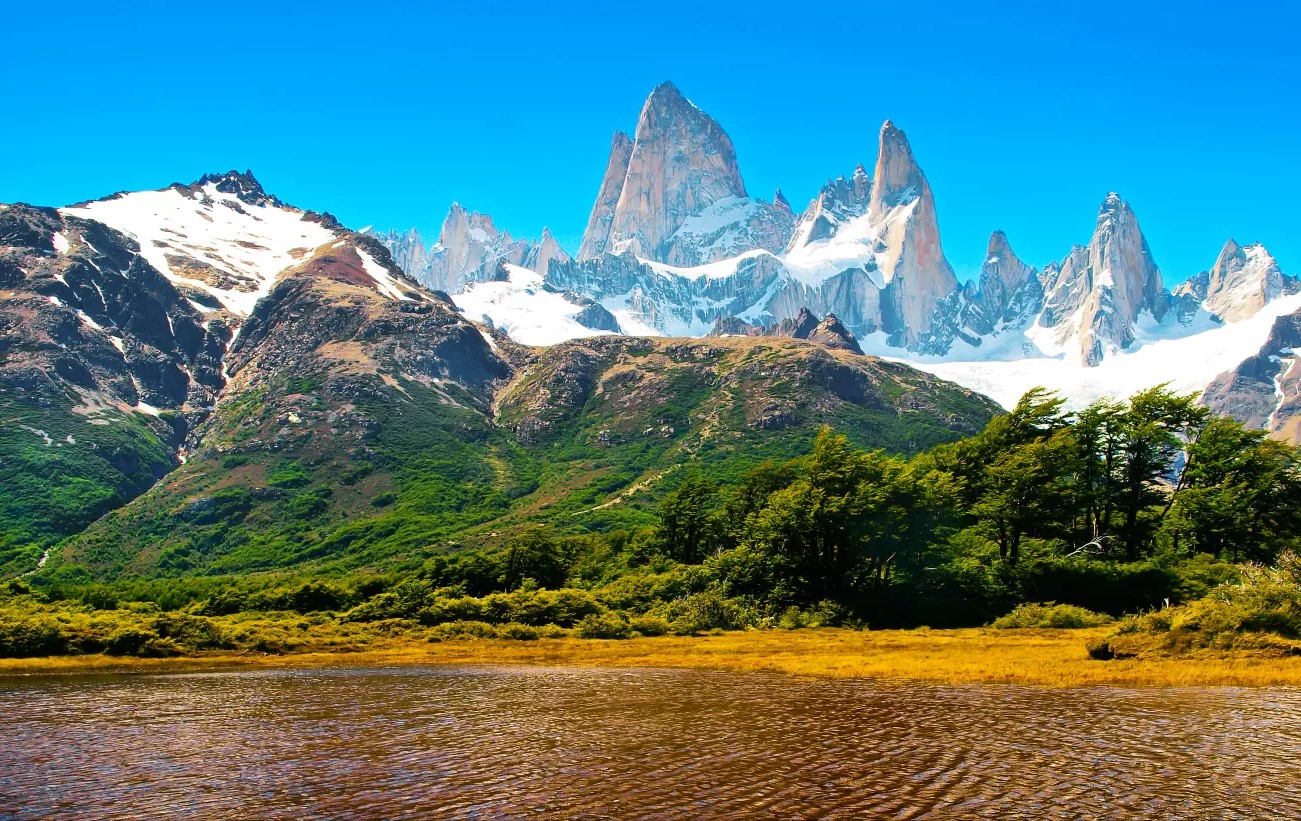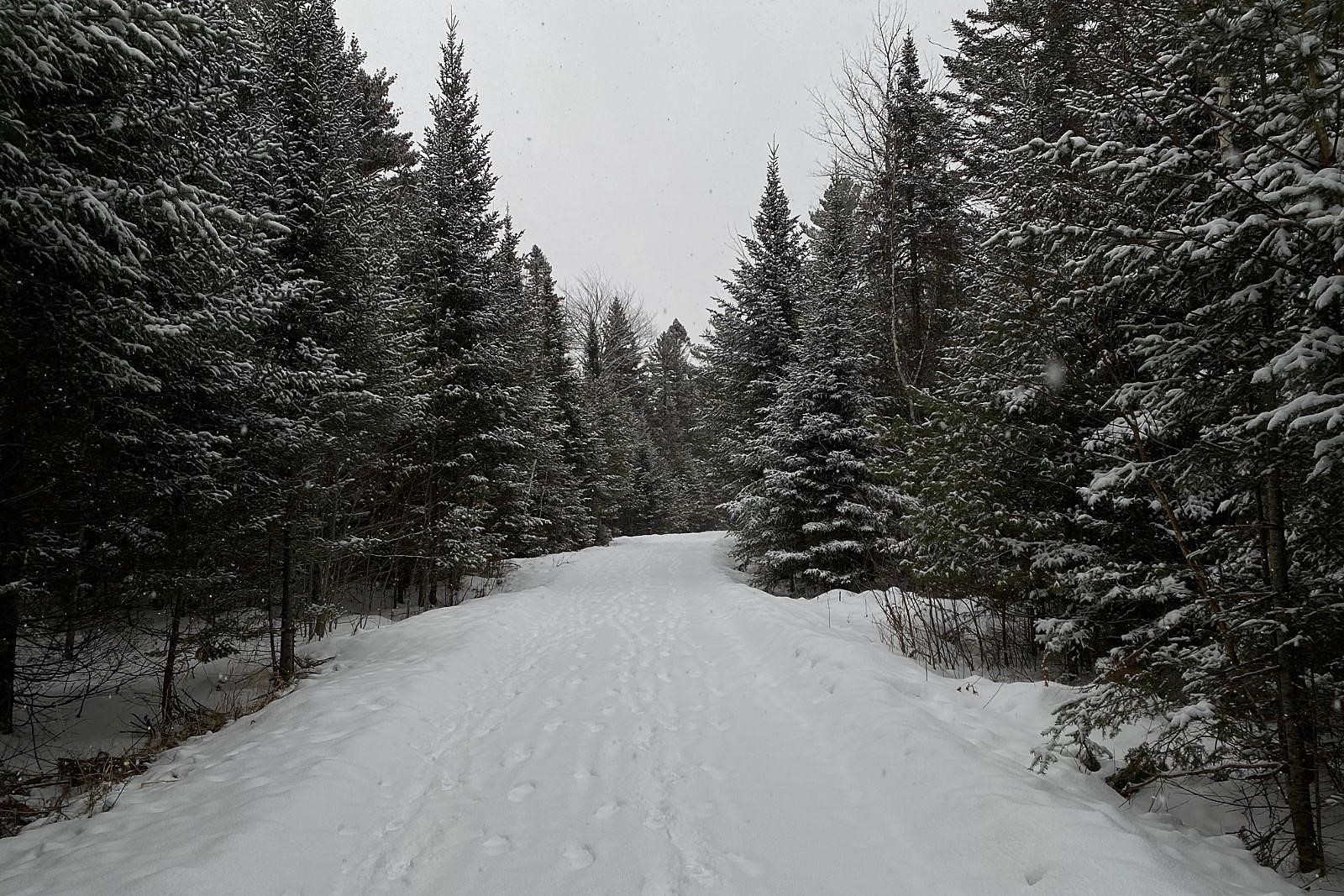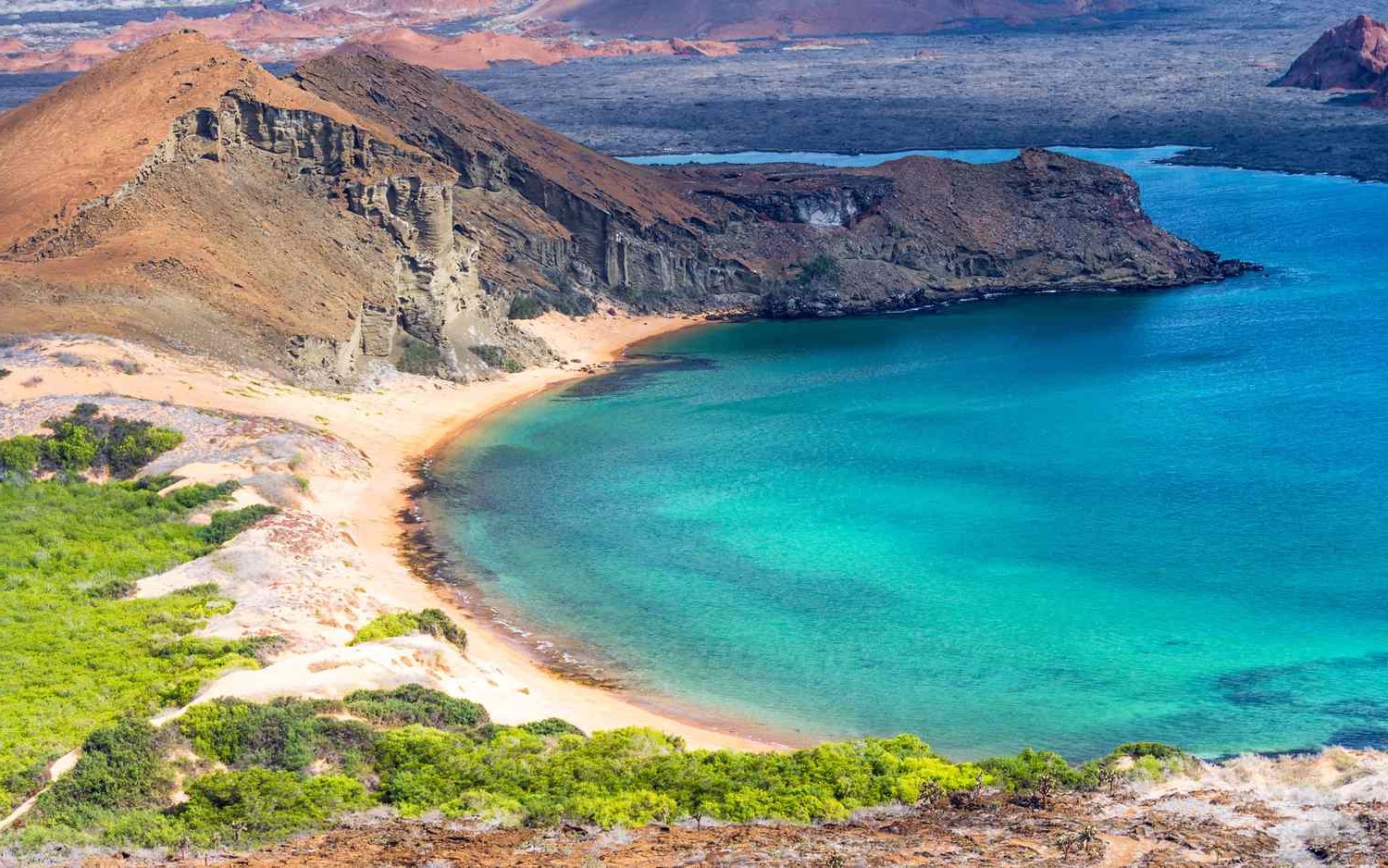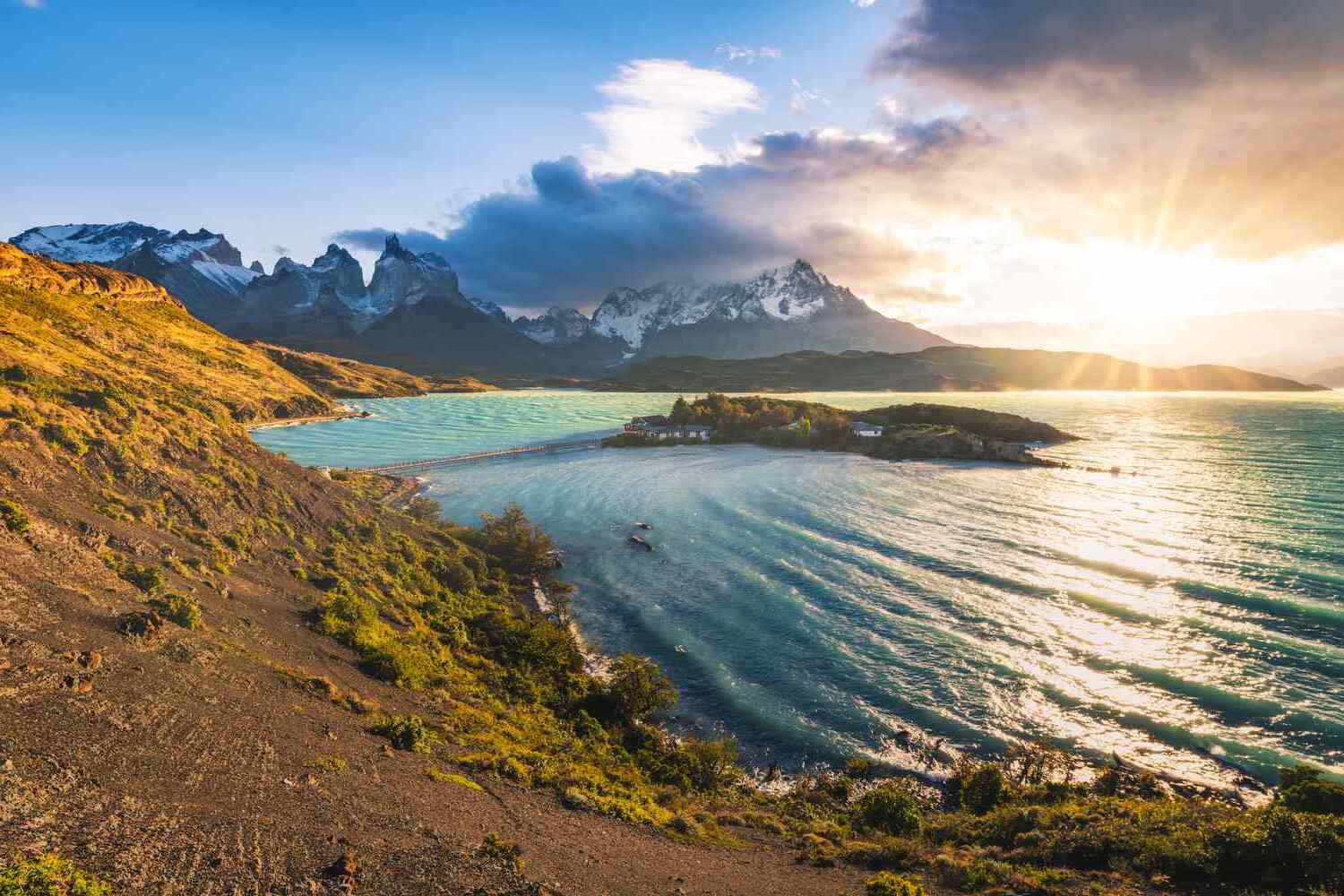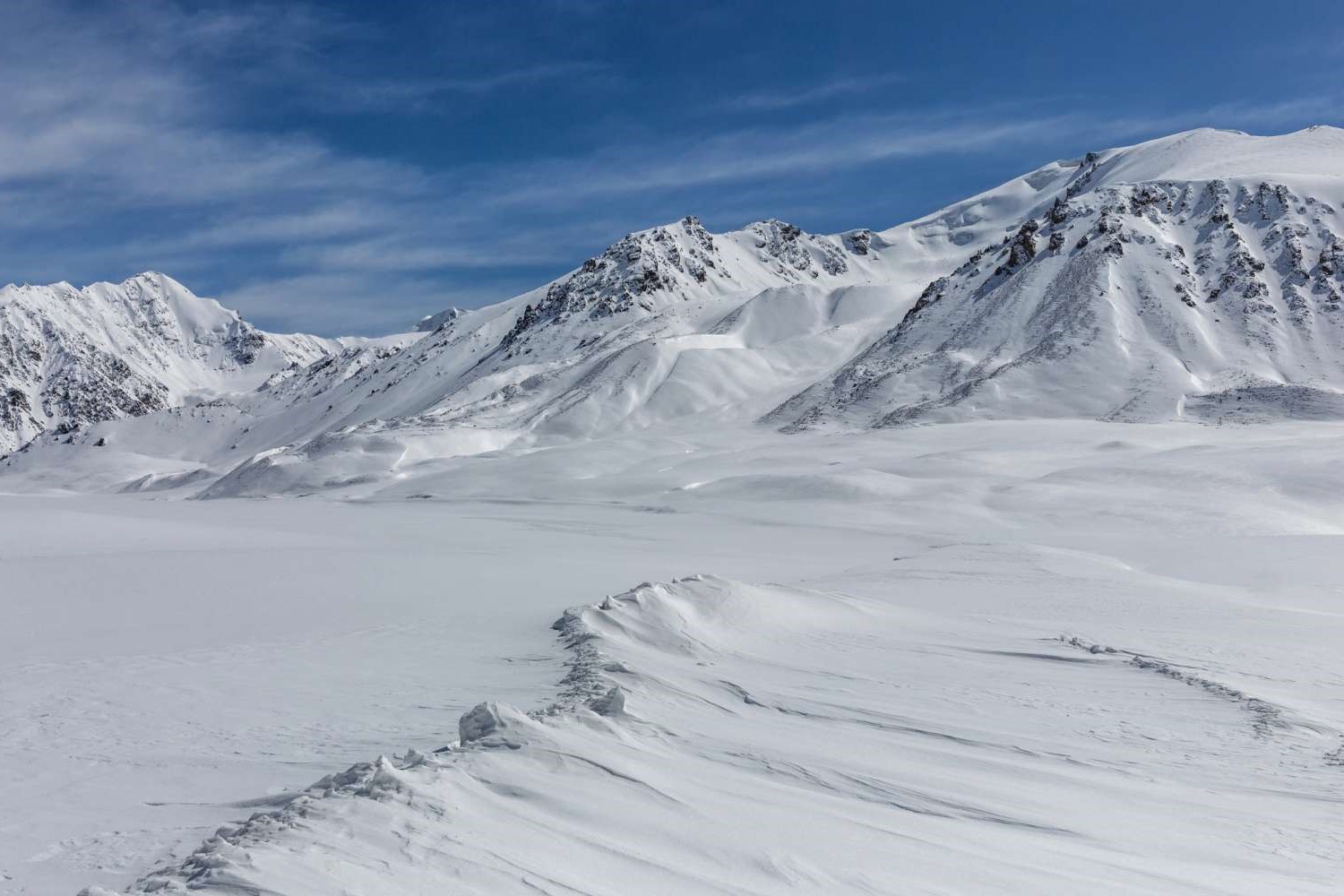Home>Weather and Climate>Understanding The Climate Of Mongolia: Weather Patterns And Climate Zones In Mongolia
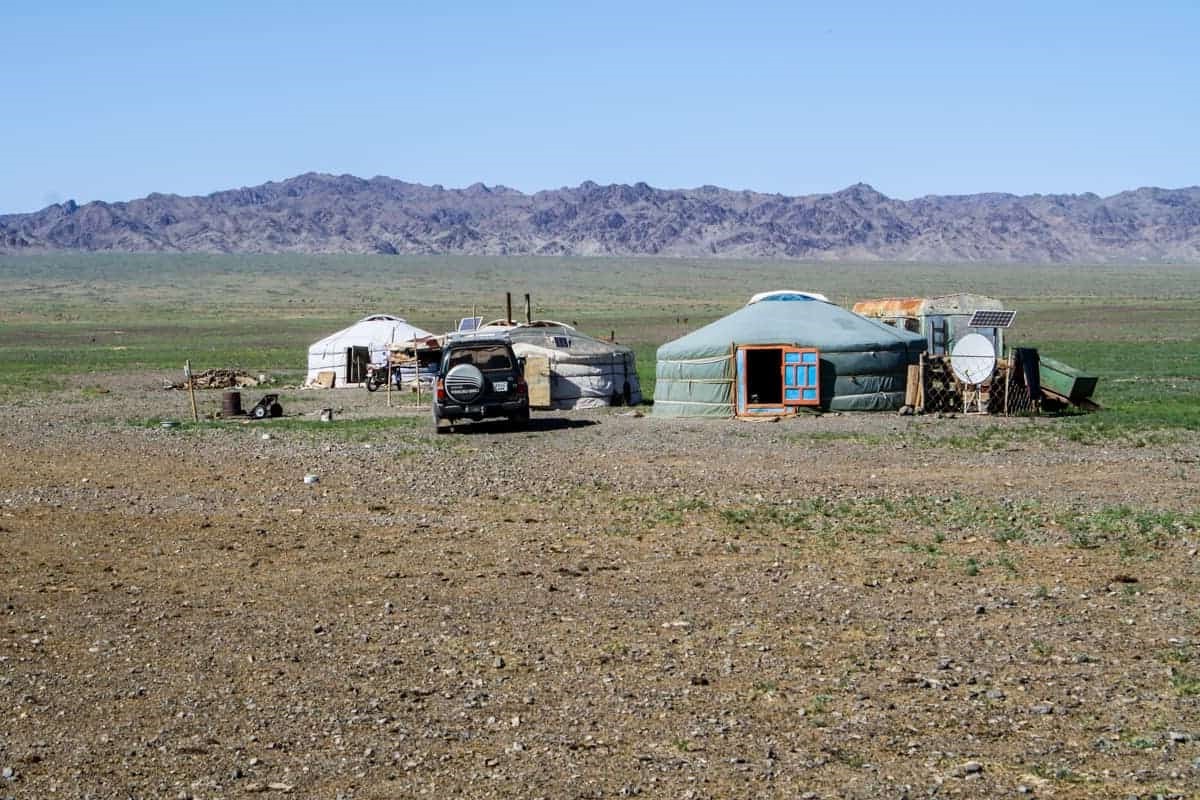

Weather and Climate
Understanding The Climate Of Mongolia: Weather Patterns And Climate Zones In Mongolia
Published: April 12, 2024
Gain insights into the diverse weather patterns and climate zones in Mongolia. Understand the impact of weather and climate on the region.
(Many of the links in this article redirect to a specific reviewed product. Your purchase of these products through affiliate links helps to generate commission for Temperatures.com, at no extra cost. Learn more)
Table of Contents
Introduction
Mongolia, a land of breathtaking landscapes and rich cultural heritage, is known for its diverse weather patterns and unique climate zones. Nestled between Russia and China, this vast country experiences a wide range of climatic conditions, from scorching desert heat to freezing cold winters. Understanding the climate of Mongolia is essential for appreciating the challenges and opportunities it presents to both its inhabitants and the natural environment.
In this article, we will delve into the intricate details of Mongolia's weather and climate, exploring the factors that shape its meteorological phenomena and the distinct climate zones that define its geographical expanse. From the towering peaks of the Altai Mountains to the expansive Gobi Desert, Mongolia's terrain plays a pivotal role in shaping its weather patterns and climate variations.
Join us on a journey through the weather and climate of Mongolia as we unravel the mysteries of the Siberian High, the impact of climate change, and the resilience of the Mongolian people in the face of environmental challenges. Let's embark on an enlightening exploration of this captivating land, where the forces of nature intertwine with the spirit of its people.
The Geography of Mongolia
Mongolia, a landlocked country in East Asia, boasts a diverse and captivating geographical makeup that significantly influences its weather and climate. Spanning over 1.5 million square kilometers, Mongolia's terrain is characterized by vast steppes, rugged mountains, and the iconic Gobi Desert. The country's topography plays a pivotal role in shaping its weather patterns and defining its distinct climate zones.
The Altai Mountains, located in western Mongolia, form a natural barrier that influences the region's weather patterns. These majestic peaks, including the towering Khüiten Peak, contribute to the creation of microclimates, impacting temperature and precipitation levels in the surrounding areas. The Altai Mountains also serve as a source of numerous rivers and streams, further influencing the hydrological dynamics of the region.
In contrast, the Gobi Desert, sprawling across southern Mongolia, presents a starkly different landscape. As one of the world's largest deserts, the Gobi's arid and semi-arid conditions contribute to extreme temperature differentials between day and night. The desert's expansive sand dunes and rocky terrain create a unique microclimate, characterized by scorching daytime temperatures and chilly nights.
The Mongolian steppes, vast grasslands that dominate much of the country's central and eastern regions, play a crucial role in shaping Mongolia's climate. The open expanse of the steppes allows for the free movement of air masses, influencing wind patterns and precipitation distribution. These grasslands also support a diverse range of flora and fauna, contributing to the ecological richness of the region.
Furthermore, Mongolia's inland location and distance from large bodies of water contribute to its continental climate. This results in distinct seasonal variations, with hot summers and bitterly cold winters. The absence of moderating maritime influences intensifies the climatic extremes experienced across the country.
Overall, Mongolia's diverse geography, encompassing mountains, deserts, and steppes, creates a tapestry of climatic conditions that define the country's weather patterns and climate zones. Understanding this intricate interplay between geography and climate is essential for appreciating the unique environmental dynamics that shape Mongolia's natural landscapes and the lives of its inhabitants.
The Influence of the Siberian High
The Siberian High, a prominent atmospheric phenomenon, exerts a profound influence on the weather patterns and climate of Mongolia. This vast area of high pressure, centered over Siberia during the winter months, extends its reach into Mongolia, shaping the country's meteorological dynamics. The Siberian High acts as a dominant force, dictating temperature fluctuations, wind patterns, and precipitation levels across the region.
During the winter, the Siberian High intensifies, bringing frigid air masses southward into Mongolia. This results in bitterly cold temperatures, particularly in the northern and central parts of the country. The influence of the Siberian High contributes to the formation of persistent cold air inversions, leading to prolonged periods of sub-zero temperatures and frosty conditions. The impact of this atmospheric phenomenon is keenly felt by both rural and urban communities, necessitating adaptive measures to cope with the harsh winter climate.
Conversely, during the summer months, the Siberian High weakens, allowing for the intrusion of warmer air masses from the south. This seasonal shift in the Siberian High's influence contributes to the onset of the Mongolian summer, characterized by hot and arid conditions. The weakening of the Siberian High facilitates the development of the Mongolian Heat Low, a regional atmospheric feature that further accentuates the summer climate, leading to scorching temperatures and minimal precipitation.
The interplay between the Siberian High and other atmospheric systems, such as the Aleutian Low and the North Pacific High, creates a dynamic weather pattern known as the "Siberian High-Pressure System." This intricate interaction influences the movement of air masses, impacting the distribution of precipitation and the occurrence of extreme weather events in Mongolia.
Moreover, the Siberian High plays a crucial role in shaping Mongolia's wind patterns. As the high-pressure system extends its influence, it generates strong northerly winds that sweep across the country, particularly during the winter. These winds, known as "Sukhbaatar" in Mongolian, contribute to the transport of cold, dry air, further reinforcing the winter climate's chilling effects.
In essence, the Siberian High stands as a formidable force that leaves an indelible mark on Mongolia's weather and climate. Its seasonal variations and far-reaching influence underscore the intricate relationship between atmospheric dynamics and the natural environment. Understanding the impact of the Siberian High is essential for comprehending the climatic nuances that define Mongolia's meteorological landscape, offering valuable insights into the country's resilience in the face of environmental challenges.
Weather Patterns in Mongolia
Mongolia's weather patterns exhibit a remarkable diversity, reflecting the country's unique geographical features and the influence of atmospheric dynamics. The seasonal variations in weather play a pivotal role in shaping the lives of Mongolians and the ecological balance of the region.
Winter: The winter season in Mongolia is characterized by extreme cold and heavy snowfall, particularly in the northern and central regions. The Siberian High exerts its influence during this period, ushering in frigid air masses that blanket the country in a shroud of icy temperatures. The bitter cold, often plummeting well below freezing, creates challenging conditions for both rural and urban communities. The winter landscape, adorned with pristine snowscapes, presents a breathtaking yet formidable environment.
Spring: As winter gives way to spring, Mongolia experiences a period of transition marked by fluctuating temperatures and the gradual thawing of snow-covered landscapes. The arrival of spring heralds the awakening of nature, with the emergence of vibrant wildflowers and the return of migratory birds. However, the transition from winter to spring is often accompanied by strong winds, known as "harsh" in Mongolian, which sweep across the steppes, stirring up dust storms and contributing to the drying of the land.
Summer: The summer season in Mongolia brings scorching heat and minimal precipitation, particularly in the Gobi Desert and southern regions. The influence of the Mongolian Heat Low, coupled with the weakening of the Siberian High, leads to soaring temperatures, often exceeding 40 degrees Celsius. The arid conditions and intense heat create a challenging environment, impacting agricultural activities and water resources. The summer landscape, characterized by vast expanses of arid terrain, presents a stark contrast to the lush greenery found in other parts of the world during this season.
Autumn: The arrival of autumn in Mongolia brings a tapestry of colors as the foliage undergoes a spectacular transformation. The cooling temperatures and crisp air create an enchanting atmosphere, offering respite from the summer heat. Autumn also marks the harvest season, with rural communities gathering the fruits of their labor amid the golden hues of the landscape. However, the transition to winter is accompanied by a decrease in temperatures and the onset of frost, signaling the impending arrival of the harsh winter climate.
In essence, the weather patterns in Mongolia reflect the country's climatic diversity, encompassing extreme cold, scorching heat, and seasonal transitions that shape the lives of its inhabitants and the natural environment. Understanding these weather patterns is essential for appreciating the resilience of the Mongolian people and the intricate balance between human activities and the forces of nature.
Climate Zones in Mongolia
Mongolia's vast expanse encompasses a diverse array of climate zones, each characterized by distinct weather patterns and ecological dynamics. These climate zones, shaped by the country's geographical features and atmospheric influences, contribute to the rich tapestry of Mongolia's natural landscapes and the livelihoods of its inhabitants.
Read more: How to Understand Zone 8 Temperature Range
1. Desert and Semi-Desert Climate
The southern regions of Mongolia, including the iconic Gobi Desert, exhibit a desert and semi-desert climate characterized by arid conditions and minimal precipitation. The Gobi Desert, one of the world's largest deserts, experiences scorching temperatures during the summer, often surpassing 40 degrees Celsius. The arid landscape, punctuated by rocky outcrops and expansive sand dunes, presents a formidable environment shaped by the forces of wind and scarce water resources.
2. Steppe Climate
The central and eastern regions of Mongolia are dominated by vast grasslands, known as the Mongolian steppes, which experience a steppe climate. This climate zone is characterized by moderate precipitation and distinct seasonal variations. The open expanse of the steppes supports a diverse range of flora and fauna, contributing to the ecological richness of the region. The steppe climate plays a crucial role in supporting traditional nomadic herding practices, which are deeply intertwined with the cultural heritage of Mongolia.
3. Mountain Climate
The western regions of Mongolia, encompassing the towering peaks of the Altai Mountains, exhibit a mountain climate characterized by cooler temperatures and unique microclimates. The mountainous terrain influences precipitation patterns, leading to the formation of alpine meadows and pristine lakes. The Altai Mountains, with their snow-capped summits and rugged slopes, create a captivating landscape that harbors diverse ecosystems and serves as a haven for rare wildlife species.
4. Continental Climate
Mongolia's inland location and distance from large bodies of water contribute to its continental climate, characterized by distinct seasonal variations and extreme temperature differentials. The continental climate shapes the country's weather patterns, leading to hot summers and bitterly cold winters. The absence of maritime influences intensifies the climatic extremes experienced across the country, impacting agricultural practices and water management.
In essence, the climate zones in Mongolia reflect the country's remarkable diversity, encompassing desert expanses, expansive grasslands, rugged mountains, and continental landscapes. Understanding these climate zones is essential for appreciating the intricate interplay between geography, weather patterns, and the ecological balance of Mongolia, offering valuable insights into the resilience of its ecosystems and the adaptability of its people.
Impact of Climate Change on Mongolia
Climate change poses significant challenges to Mongolia's fragile ecosystems, traditional livelihoods, and the well-being of its inhabitants. The country, already grappling with extreme weather events and environmental vulnerabilities, faces heightened risks due to the accelerating impacts of global climate change.
Rising temperatures have led to the intensification of drought conditions, particularly in the arid regions of the Gobi Desert. Reduced precipitation and increased evaporation rates have exacerbated water scarcity, posing a threat to agricultural activities and the sustenance of pastoral communities. The depletion of water sources, coupled with desertification processes, has further strained the delicate balance of the ecosystem, impacting biodiversity and the availability of vital resources.
The frequency and severity of extreme weather events, including dust storms and wildfires, have surged in the wake of climate change. These events not only pose immediate risks to human health and safety but also contribute to soil degradation and land degradation, amplifying the challenges faced by rural communities and the agricultural sector. The resilience of traditional herding practices, central to Mongolia's cultural identity, is being tested as climatic uncertainties disrupt grazing patterns and the availability of forage.
Furthermore, the thawing of permafrost, a consequence of rising temperatures, has far-reaching implications for infrastructure stability and land use. The destabilization of permafrost poses risks to buildings, roads, and other critical infrastructure, impacting the resilience of communities in the face of environmental hazards. Additionally, the release of greenhouse gases from thawing permafrost contributes to a feedback loop, further exacerbating climate change impacts.
The implications of climate change extend beyond environmental concerns, affecting the socio-economic fabric of Mongolian society. The reliance on natural resources, coupled with the vulnerability of rural livelihoods, underscores the interconnectedness of climate change impacts with human well-being. Addressing these challenges requires a multi-faceted approach, encompassing sustainable land management, climate-resilient infrastructure, and community-based adaptation strategies.
In the face of these challenges, Mongolia has demonstrated a commitment to climate action, leveraging international partnerships and local initiatives to mitigate and adapt to the impacts of climate change. Efforts to promote renewable energy, enhance water management practices, and strengthen disaster preparedness are integral to building a more resilient and sustainable future for Mongolia.
The impact of climate change on Mongolia serves as a poignant reminder of the urgent need for global cooperation and concerted efforts to address the underlying drivers of environmental degradation. By fostering resilience, innovation, and inclusive solutions, Mongolia can navigate the complexities of climate change while preserving its natural heritage and empowering its communities for a sustainable future.
Conclusion
In conclusion, the weather and climate of Mongolia encapsulate a tapestry of natural wonders, environmental challenges, and the resilience of its people. The intricate interplay between geographical features, atmospheric dynamics, and the influence of the Siberian High shapes the diverse weather patterns and distinct climate zones that define Mongolia's landscapes. From the arid expanses of the Gobi Desert to the rugged peaks of the Altai Mountains, Mongolia's terrain mirrors the country's climatic diversity, encompassing desert, steppe, mountain, and continental climates.
The impact of climate change poses formidable challenges to Mongolia's ecosystems, traditional livelihoods, and socio-economic well-being. Rising temperatures, intensified droughts, and the escalation of extreme weather events underscore the urgency of addressing environmental vulnerabilities and fostering climate resilience. The thawing of permafrost and its implications for infrastructure stability further accentuate the complexities of climate change impacts on the country.
Despite these challenges, Mongolia has demonstrated a steadfast commitment to climate action, embracing sustainable practices, enhancing disaster preparedness, and leveraging international partnerships to mitigate and adapt to the impacts of climate change. The resilience of the Mongolian people, deeply rooted in their cultural heritage and deep connection to the land, serves as a beacon of hope in navigating the complexities of environmental change.
As Mongolia continues to chart a path towards a sustainable future, the preservation of its natural heritage, the empowerment of its communities, and the pursuit of inclusive solutions stand as pillars of resilience and adaptation. By fostering innovation, sustainable land management, and climate-resilient strategies, Mongolia can navigate the complexities of climate change while preserving its unique landscapes and cultural legacy.
In essence, the weather and climate of Mongolia offer a profound insight into the intricate balance between nature and human existence. The challenges posed by climate change serve as a call to action, urging global cooperation and concerted efforts to safeguard the environmental integrity of Mongolia and the well-being of its people. Through collective determination and sustainable practices, Mongolia can forge a path towards a resilient and sustainable future, where the forces of nature and the spirit of its people intertwine in harmony.
